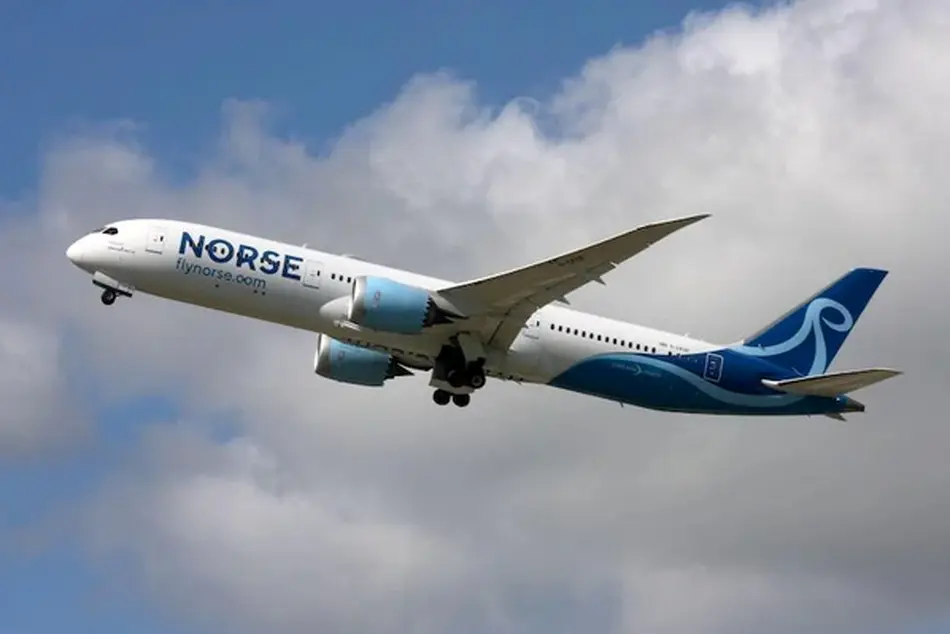Norse Hits Revenue High But Transatlantic Fares Drag Profit
Norse Atlantic reported record third-quarter revenue and its fourth straight quarter of load factors above 90%, but soft transatlantic yields and a series of one-off operational costs kept the long-haul LCC in the red as it accelerates its shift to a dual ACMI-scheduled model.

Norse Atlantic reported record third-quarter revenue and its fourth straight quarter of load factors above 90%, but soft transatlantic yields and a series of one-off operational costs kept the long-haul LCC in the red as it accelerates its shift to a dual ACMI-scheduled model.
CEO and founder Bjørn Tore Larsen says the airline’s fleet of 12 Boeing 787-9s “form a strong base” as Norse transitions to a dual strategy with half the aircraft operating under ACMI contracts and half flying its own network.
“A year ago, we set a new course for Norse Atlantic based on a data-driven commercial strategy ... and a transition to a dual ACMI and our own network model with reduced risk, more stable revenues and high grading of the routes we fly,” he says. “Since then, we have delivered four consecutive quarters with load factors above 90%, record passenger volumes and improved financial performance.”
However, Larsen acknowledges continued challenges, citing “tough competition on core transatlantic routes, negative operational events and cost inflation affecting across the airline industry.”
The carrier reported revenue of $249.8 million in the three months to the end of September 2025, up from $222 million a year earlier, with passenger revenue accounting for $210.5 million. Norse carried 573,433 passengers during the quarter—an 11% year-over-year increase—on load factors of 95%, the fourth consecutive quarter above 90%.
However, revenue per passenger fell to $395 from $406 as ancillary revenue dipped and transatlantic pricing weakened. The airline cited “general pricing pressure experienced in the transatlantic market during the quarter.”
A series of non-recurring items weighed on profitability, including around $25 million in extraordinary maintenance costs—$20 million of which was reimbursed through insurance—and roughly $9 million tied to operational incidents and backdated pay following collective bargaining agreements. Norse posted a net loss of $7.8 million for the third quarter, widening slightly from a $6.3 million loss a year earlier.
Norse is in the final stages of transferring six 787-9s to IndiGo under long-term ACMI contracts. Five aircraft were delivered by late November, with the final handover due in early 2026. Once complete, the airline expects to have “a balanced portfolio with six aircraft on ACMI charters and six in its own scheduled network, providing “predictable ACMI revenue and cash flow” to support optimization of its remaining long-haul network.
This winter, the airline has continued to diversify its scheduled network with new routes to Thailand and Caribbean charter flights for P&O Cruises. For summer 2026, the carrier plans a “focused program between Europe and the U.S., based on routes with proven strong demand and higher ticket prices,” Larsen says, adding that Norse also expects North America demand tied to the 2026 FIFA World Cup.
